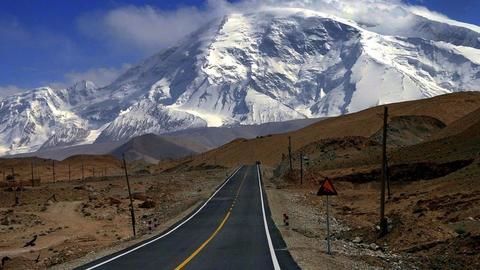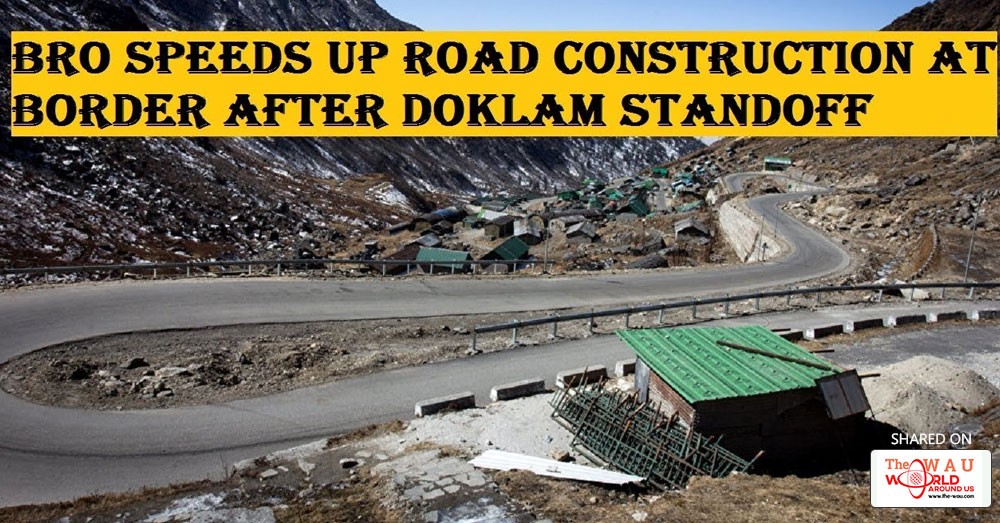India is breathing a sigh of relief after concluding the Doklam standoff. However, questions remain on India's preparedness to deal with similar situations in the future.
In this context, India is taking measures to speed up the construction of several roads along the India-China border.
The idea is to enable the Border Roads Organization (BRO) to connect several strategic high-altitude points before 2020-21.
Tensed 75-day Doklam standoff gets resolved
Indian and Chinese troops were engaged in a tensed 75-day standoff in Doklam, an area situated at the Sikkim-Bhutan-Tibet tri-junction.
Both countries recently arrived at an understanding on mutual disengagement of troops from Doklam.
Meeting on the sidelines of the recently concluded BRICS summit, PM Narendra Modi and Chinese President Xi Jinping further charted a way forward for peaceful relations.

Why is India speeding up border road construction?
Indian troops felt the pressing need to establish a strong, reliable supply line during the Doklam standoff.
A recent report from the Comptroller and Auditor General of India (CAG) revealed that only 27 out of 73 "strategic" roads along the Sino-Indian border have been completed.
Increasing migration of local population to the Chinese side for better economic opportunities further worries the government.
China has put robust border infrastructure in place
Unlike India, China has constructed a wide network of "railway lines, highways, metal-top roads, air bases, radars, logistics hubs and other infrastructure in the Tibet Autonomous Region," the Times of India has reported.
The Chinese infrastructure would sustain over 30 divisions (having 15,000 troops each) and five to six "rapid reaction forces."
BRO gets more powers
In a bid to accelerate construction, the government has been removing bureaucratic hurdles that has been slowing down the work.
It has gotten rid of the requirement to secure environmental clearances if the projects fall within a 100-km distance from the LAC.
The government has also enhanced the administrative and financial powers of BRO, enabling officials to sanction works up to Rs. 100 crore.
BRO registers remarkable progress in road construction
BRO has been constructing roads at a faster pace in the past 2-3 years. While formation cutting saw an increase from 107 km in 2014-15 to 147 km in 2016-17, remarkable progress was also demonstrated in surfacing despite high altitude and rocky terrain.
Many hurdles ahead
India is right to speed up road construction and narrow the defence preparedness gap with China.
While giving BRO more teeth is a welcome move, the changes may take at least a few years to reflect on the ground.
A number of cases relating to land acquisition and forest clearances further continue to hamper implementation of road projects, crucial for
Share This Post













